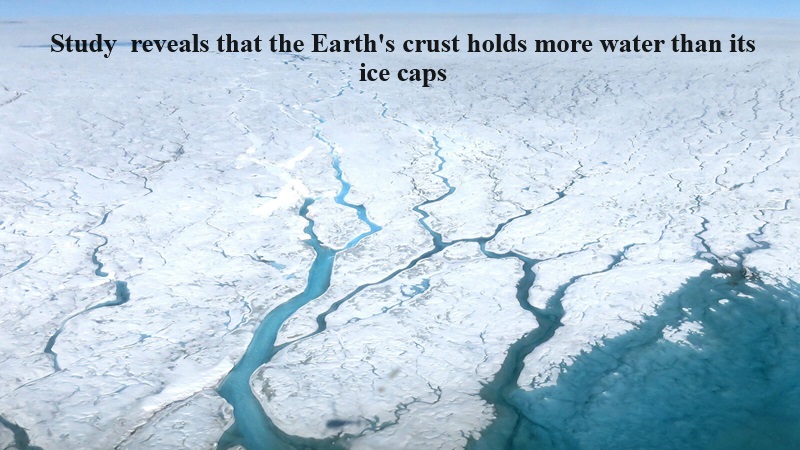
We’ve all been accustomed to the notion that Earth is predominantly a blue planet, with an overwhelming 71 percent or three-quarters of its surface covered by water. However, an intriguing question arises: does water also exist in Earth’s crust, and if so, what is the extent of this underground water reservoir?
Indeed, according to a 2021 study featured in the journal Geophysical Research Letters, there exists more water beneath the Earth’s surface than in the planet’s ice caps and glaciers. This underground water is primarily confined within the soil or pores within rocks, and the sheer volume may come as a surprise.
Grant Ferguson, a hydrogeologist at the University of Saskatchewan and the lead author of the aforementioned study, shared with Live Science that the Earth’s crust harbors approximately 43.9 million cubic kilometers (10.5 million cubic miles) of water. By comparison, Antarctica’s ice holds about 6.5 million cubic miles (27 million cubic kilometers) of water, while Greenland’s ice encompasses roughly 720,000 cubic miles (3 million cubic kilometers). Moreover, glaciers beyond Antarctica and Greenland account for approximately 38,000 cubic miles (158,000 cubic kilometers) of water. Nevertheless, the oceans on Earth’s surface remain the most significant water reservoir, containing an estimated 312 million cubic miles (1.3 billion cubic kilometers) of water.
Following oceans, groundwater emerges as Earth’s largest water reservoir. The 2021 study broadened previous estimates by considering groundwater within the upper 6.2 miles (9.98 kilometers) of Earth’s crust, encompassing sedimentary rocks renowned for their porous nature compared to crystalline rocks. Consequently, the previous groundwater estimates have more than doubled from approximately 2 million cubic miles (8.5 million cubic kilometers) to 4.9 million cubic miles (20.3 million cubic kilometers). This revised estimate, nearly equivalent to the 5.7 million cubic miles (23.6 million cubic kilometers) calculated for shallow groundwater, underscores the profound significance of groundwater resources.
Why does this matter? Deeper groundwater, predominantly saline, remains isolated from the planet’s other water sources and is believed to have been trapped for extensive periods in certain regions. This offers invaluable insights into Earth’s geological history, as Ferguson points out. Furthermore, these deep water reserves may harbor microbial ecosystems that are still active today, potentially shedding light on the evolutionary trajectory of life on Earth.

Post Your Comments